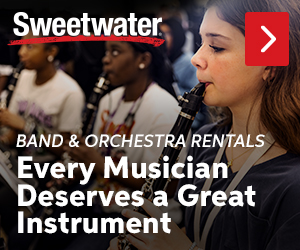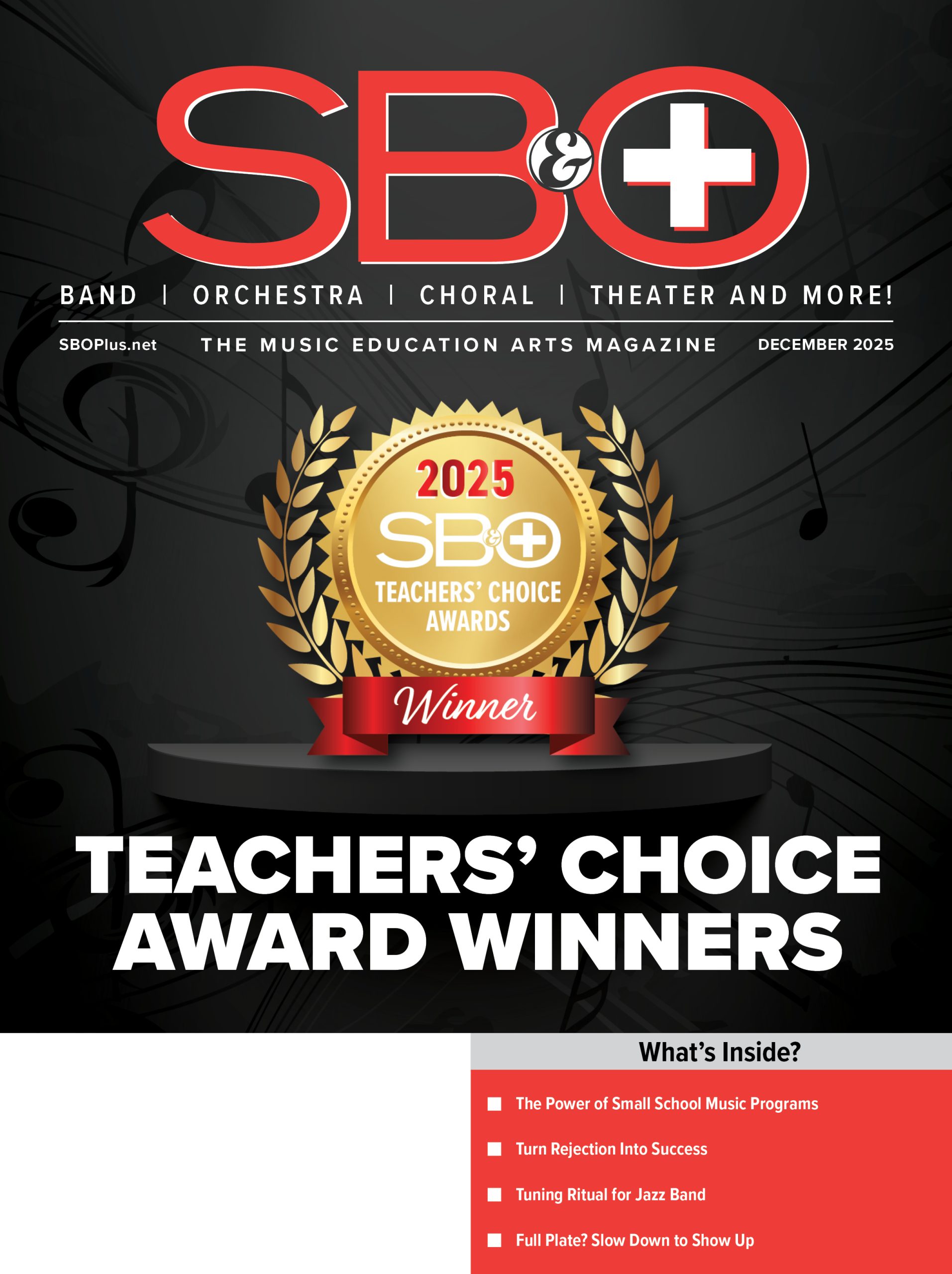 Have you ever really thought about how connected music is with literature? Just think about the parallels that exist between the stories of music and the stories of your favorite book author.
Have you ever really thought about how connected music is with literature? Just think about the parallels that exist between the stories of music and the stories of your favorite book author.
Identifying those parallels could create an excellent discussion in your next rehearsal, class, or lesson! I bet you and I could come up with several mini-lesson plans just from thinking about the natural connection between the two art forms of writing music and writing stories or books.
Vocabulary
My kids have spelling lists from school each week. Why? So they can better understand what they read, and better yet—write their own thoughts and stories. In music, we have literal vocabulary words like andante and forte, but I often refer to our scales as our vocabulary words. Without knowing the words (scales), how can we read and understand the book (our literature)? Referring to the scales as vocabulary might help students answer the age-old question, “Why do we have to practice scales?”
Context Clues
If there is a word in a sentence that we do not know the meaning of, we look for context clues. Based on the other words in the sentence, or the content around it, we can often figure out the meaning. In music reading, I find it helpful to refer students to the context clues by encouraging them to listen to the ensemble around them. If there is rhythmic figure or pattern they do not know they can use context clues to help figure it out. Tell students to listen to other sections in the ensemble (particularly when they have a rest in their part), and they may hear something that will give them an important clue about their part—it may be a rhythm, it might be the whole melody or accompaniment figure, etc. They can use the information around them to give meaning to the words (or musical component) they do not understand.
Tone
We are very familiar with the tone in music as it relates to the quality of sound. That isn’t what I mean in this case. How about the tone in storytelling, or writing? If you tell or read a story in monotone it will lack emotion and it will be pretty lackluster. When you read aloud or in your head, there is an inflection in the voices of the characters. Those would equal our dynamics. Following the musical line as it rises and falls and encouraging dynamic shaping can help bring life to the music students are learning.
Diction
Consonants are hard, vowels are soft. How does that relate? Articulation in music is the way we speak the sounds. It is how the notes are pronounced. If we do not enunciate the words we speak with our voices, the listener will not understand what you are saying. We are communicating through music and we need to speak clearly so the message comes across. How we say our musical words helps show the emotion in what we are saying.
Form
Words make sentences, sentences make paragraphs, paragraphs make chapters, and chapters make books. Understanding the form of a story or book can help students understand the form (or story) of musical pieces. There are the obvious concepts that are easily, and appropriately, parallel: introductions, the main character, a secondary character, conflict, plot twist, resolution, etc. and there are those that are maybe less obvious. For example, breaking down sentences and their structure. There are subjects, verbs, objects, prepositional phrases, etc. What is the meaning of the sentence? What is its purpose in the paragraph and how does it relate to the story? Understanding the content and purpose of a musical phrase (musical sentence) and how the parts of the phrase work together can help tell a more complete story of the overall piece.
Music and literature are best friends. With a little creativity, you can correlate these concepts into your rehearsal or lesson plans. It might be a fun way to help your students connect to the music literature they are learning. When students connect with music and give it personal meaning, it resonates with them and is obvious to their audience. Maybe one of your students could be the next author of the music in your class.
Composer, clinician, and teacher Chris M. Bernotas is an active composer and arranger of concert band music. Mr. Bernotas is published with several music publishers, including Alfred Music. His music has been performed at the Midwest Clinic and has appeared on J.W. Pepper’s Editor’s Choice list and numerous state lists.
Sound Innovations: Ensemble Development is a complete curriculum to help beginning through advanced band students grow as ensemble musicians. It thoroughly complements and supplements performance music, breaking down each ensemble concept and preparing students to be ready for any scenario in their repertoire. Learn more at alfred.com/SILiterature.


















